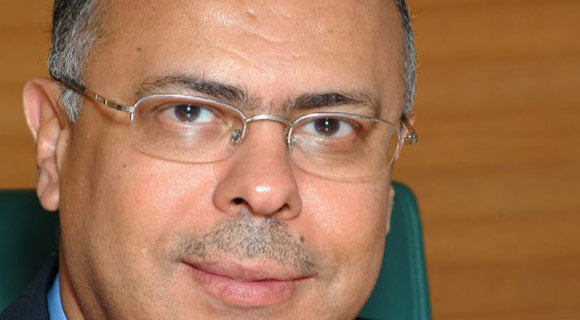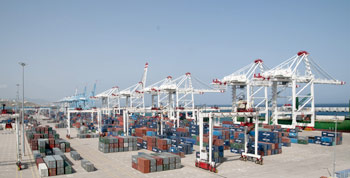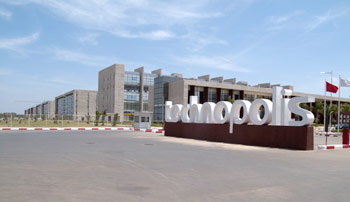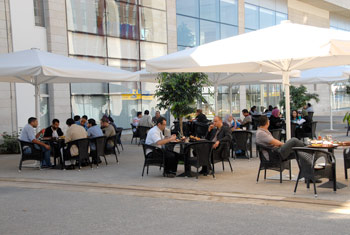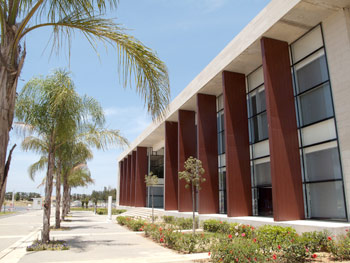working group, coordinated for the IRES by Mr. Abdelilah EL ABDI, Professor of Higher Education, University Mohammed V-Agdal and composed of Mrs. Abdelkader EL KADIRI, Mohamed EL AMOURI, Mohammed Rachid EL HOUDAIGUI and Mohammed Zakariae ABOUDAHAB, professors at the same university;

Le Monde a entamé une étape cruciale de son processus de reconfiguration post-bipolaire, qui se caractérise, en plus de la diversification des relations internationales en lien avec l’émergence de nouvelles puissances et du développement accru du rôle des organisations internationales (ONU, OMC, Banque Mondiale, OCDE…), par une recomposition des sphères d’influence (sécuritaires, énergétiques, économiques…) qui mettent en relief des pays à niveau asymétrique. Cette dynamique géostratégique globale a conduit le Royaume a recentré certains volets de sa politique étrangère dans l’optique de renforcer son statut de « puissance attractive ».
Pour cerner les différents aspects de cette question, l’étude de l’IRES, faisant partie du programme d’études « Compétitivité globale », a pour objet d’examiner en profondeur le rôle de la puissance attractive en tant que levier permettant au Maroc d’avoir une meilleure maitrise de ses contraintes géopolitiques, à travers la consolidation de son assise diplomatique et stratégique, le renforcement de ses capacités géoéconomiques et l’entretien d’une politique de communication proactive sur l’image du pays.
Switzerland sits atop the overall ranking in The Global Competitiveness Report, just released by the World Economic Forum, representing the first time since 2004 that the United States doesn’t hold the top spot. But hey, that’s what being at the epicenter of a global financial crisis will do, right?
 Singapore, Sweden and Denmark round out the top five.
Singapore, Sweden and Denmark round out the top five.The shocker, however, is how badly the United States scored for the soundness of its banks. It placed 108th, just ahead of Venezuela, Serbia and Vietnam and right behind Tanzania.
“Given that the financial crisis originated in large part in the United States, it is hardly surprising that there has been a weakening of the assessment of its financial market sophistication…” said the WEF.
Yeah. But Tanzania?
For the record, Tanzania borders nations like the Democratic Republic of Congo, Uganda and Kenya – not exactly models of stability or prosperity.
I knew the road back was long. But I didn’t realize it passed through impoverished countries, where day-today life is often a struggle.
A national savings rate (pre-credit crisis) of virtually zero, a massive budget deficit – projected at $9.05 trillion – and a significant stimulus spending package were identified as the causative factors.
morocco culture,moroccan food,morocco food,moroccan cuisine,morocco beaches,moroccan meal,beaches in morocco,moroccan culture,hercules cave,hercules cave morocco

